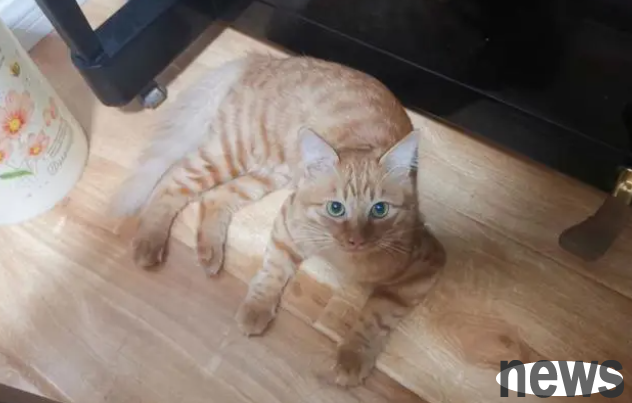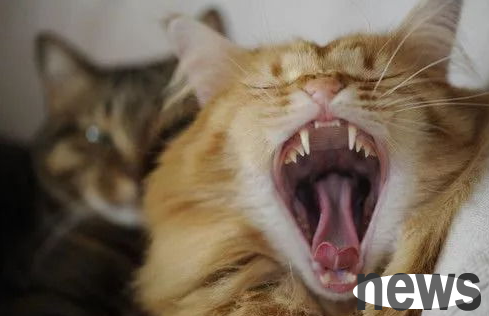"Stomatitis" sounds like a very trivial disease, and it is also a hidden danger of disease that many shovelers are prone to ignore. When a cat suffers from stomatitis, it cannot be taken lightly, as severe cases may be fatal.

Stomatitis is not a general periodontitis, but an inflammation of the cat's mouth.
Especially when cats eat, they often have a lot of salivation. Some people shake their heads and scream when eating. This is a reaction to the pain points of food stimulation. Cats with stomatitis usually have difficulty eating, swollen gums, ulcers and even erosion, and their tongues are sometimes vomited outside because of pain in their mouths, which looks very painful.
Symptoms and treatment methods for cat stomatitis
When I was in a pet hospital before, a cat was about to die because the stomatitis was too severe and could not be cured. Its owner did not choose to be euthanized, so he could only watch it pass away. At that moment, he really felt helpless. If he had discovered stomatitis earlier, it would not have been so miserable.
Therefore, all poop shovelers must pay attention to the oral problems of the cat, take precautions, treat them in advance, and avoid more serious development.
The cause of cat stomatitis is still unclear. Cats' oral pricks, scalds, accidental ingestion, decreased immunity, periodontal and dental diseases, nutritional deficiency, etc. may cause cat stomatitis. But we can judge the cat's oral condition through its reactions.
Symptoms of stomatitis
When cats have the following symptoms, owners should pay special attention!
1. No more licking hair
2. Oral odor, drooling
3. Food drops
4. Wailing and even unwilling to eat when eating
5. Cats who lose weight
The early stage of the disease will find that the gums and oral mucosa will be red and swelling and inflammation, and the gums and oral mucosa will show redness and tissue hyperplasia.
Some cats will exhale unpleasant gas, drool severely, and secrete white foam from the corners of their mouths. Severe cats will develop blister stomatitis, that is, blisters of varying sizes appear in the oral mucosa. In more serious cases, cats may experience rot, necrosis, erosion, semi-split tongue, and hoarse voice.
How to treat stomatitis
When faced with cat stomatitis, cat owners must be mentally prepared for a long-term struggle. First, the hospital checks for the cause of the disease and rule out whether it is a viral infection.
Viral infection: Virus causes antivirals, interferon and Kelu oral spray.
Non-viral infection:
1. To remove foreign bodies, tartars, broken teeth, etc. from the mouth. And improve feeding habits and feed some liquid or easy-to-chew food. Avoid feeding dry or ground cat food to the cat to prevent further infection.
2. You can use Vic pet mouthwash to clean your mouth. If it is ulcerative stomatitis, you can use multiple supplements of vitamin B and vitamin C.
3. Antibiotic therapy can also be used, using amoxicillin, suno, ground rice, etc.
4. If it is uncontrollable, a full-mouth tooth extraction is required. Some fans asked me if I could only pull out the diseased and damaged teeth. In fact, as long as I need to pull the teeth, I can only pull the teeth with my mouth, otherwise the lesions will continue to develop.

How to prevent stomatitis
Touch the key points!!
Stomatitis is a very painful disease for cats. We must do a good job of prevention and let cats and stomatitis say no!
1. Pay attention to diet. Don’t give oil and salt food, choose high-quality cat food.
2. Daily oral care. You should brush your cat's teeth on time, usually 3 times a week.
3. Ensure sufficient vitamin intake.
4. Regular inspection. Check if the cat's mouth is inflamed.
5. Timely treatment. If the cat has symptoms of oral inflammation or carries the stomatitis virus, you should go to the hospital for treatment in time.
Before raising a cat, be sure to make sure you have the time and energy to take care of the cat. Don’t take a whim. After raising it, throw it away at will. Don’t hurt it if you love it.